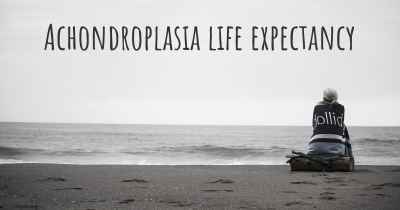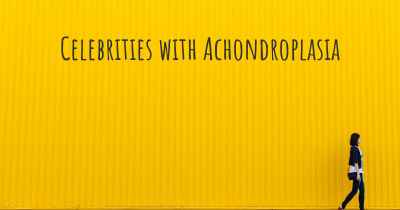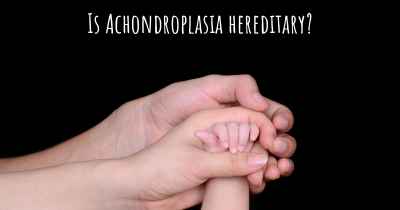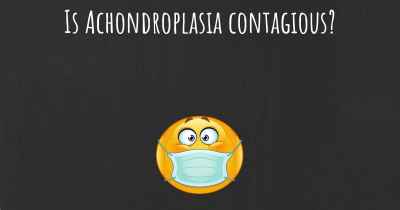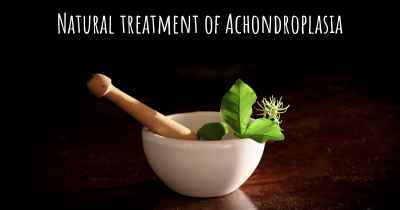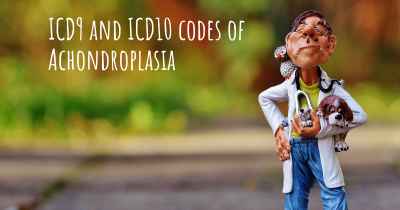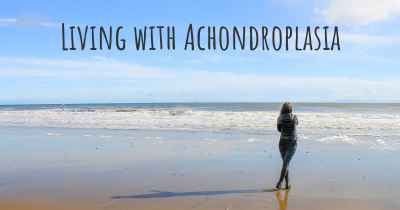What are the best treatments for Achondroplasia?
See the best treatments for Achondroplasia here

Treatments for Achondroplasia
Achondroplasia is a genetic disorder that affects bone growth, resulting in dwarfism. While there is no cure for Achondroplasia, there are several treatments available to manage the symptoms and improve the quality of life for individuals with this condition. The treatment approach typically involves a multidisciplinary team of healthcare professionals, including geneticists, orthopedic surgeons, and physical therapists.
1. Regular Medical Monitoring
Regular medical monitoring is essential for individuals with Achondroplasia. This involves routine check-ups with a healthcare provider who specializes in genetic disorders. These check-ups help monitor growth, identify any complications, and provide appropriate interventions when necessary.
2. Growth Hormone Therapy
Growth hormone therapy is a common treatment option for children with Achondroplasia. It involves the administration of synthetic growth hormone to stimulate bone growth. This therapy can help increase height and improve body proportions. However, it is important to note that the effectiveness of growth hormone therapy may vary among individuals.
3. Surgical Interventions
In some cases, surgical interventions may be recommended to address specific complications associated with Achondroplasia. These may include:
- Limb Lengthening Surgery: This procedure aims to increase the length of the limbs by gradually stretching the bones. It can help improve mobility and overall function.
- Spinal Decompression Surgery: Achondroplasia can cause spinal stenosis, a narrowing of the spinal canal that can lead to compression of the spinal cord. Spinal decompression surgery can relieve pressure on the spinal cord and alleviate associated symptoms.
- Ear Tube Placement: Some individuals with Achondroplasia may experience recurrent ear infections and hearing loss. Ear tube placement can help improve drainage and prevent further complications.
4. Physical Therapy
Physical therapy plays a crucial role in managing Achondroplasia. It focuses on improving strength, flexibility, and overall mobility. Physical therapists can provide tailored exercise programs to address specific challenges associated with this condition, such as joint stiffness and muscle weakness. They may also recommend assistive devices, such as orthotics or braces, to enhance mobility and support proper alignment.
5. Assistive Devices
Assistive devices can greatly benefit individuals with Achondroplasia. These may include:
- Orthotics: Custom-made orthotic devices can provide support and stability to the feet, ankles, and lower limbs. They can help improve gait and reduce the risk of injuries.
- Wheelchairs or Scooters: For individuals with severe mobility limitations, wheelchairs or scooters can enhance independence and accessibility.
- Adaptive Equipment: Various adaptive equipment, such as reachers or modified utensils, can assist with daily activities and promote independence.
6. Psychological Support
Achondroplasia can have a significant impact on an individual's psychological well-being. Therefore, psychological support is crucial for individuals and their families. Counseling or therapy can help individuals cope with the challenges associated with Achondroplasia, address body image concerns, and develop effective coping strategies.
It is important to note that the treatment options mentioned above may vary depending on individual needs and preferences. Therefore, it is essential to consult with healthcare professionals who specialize in Achondroplasia to determine the most appropriate treatment plan.
Posted Oct 19, 2017 by Kenia Maria 1000
